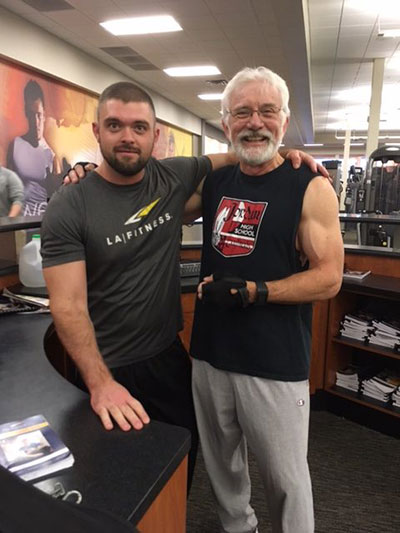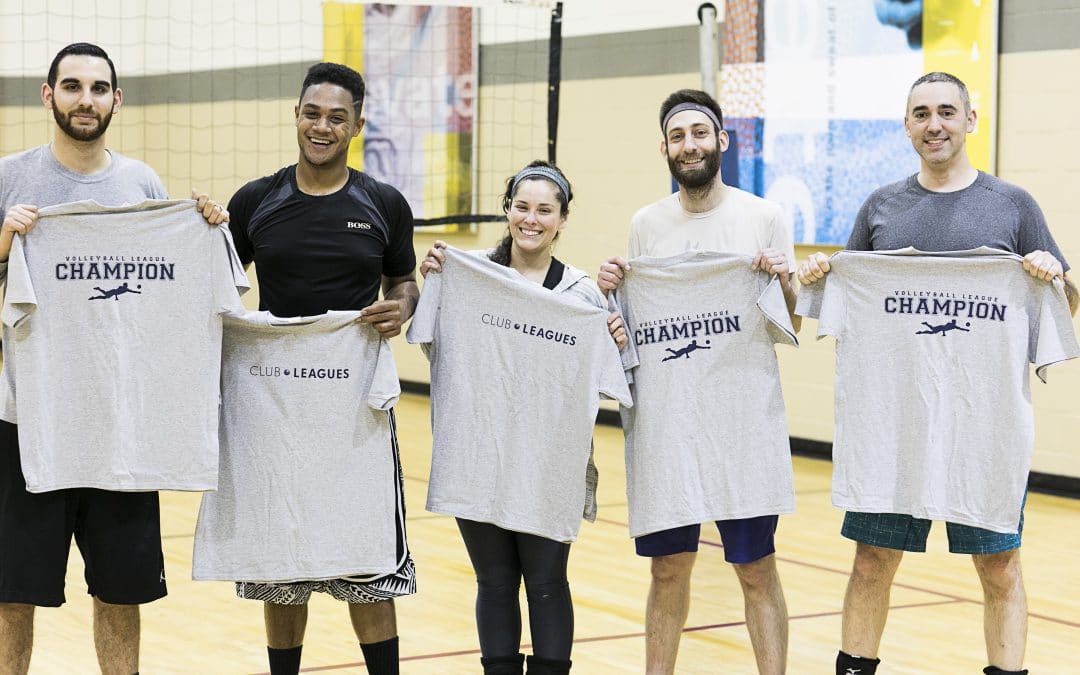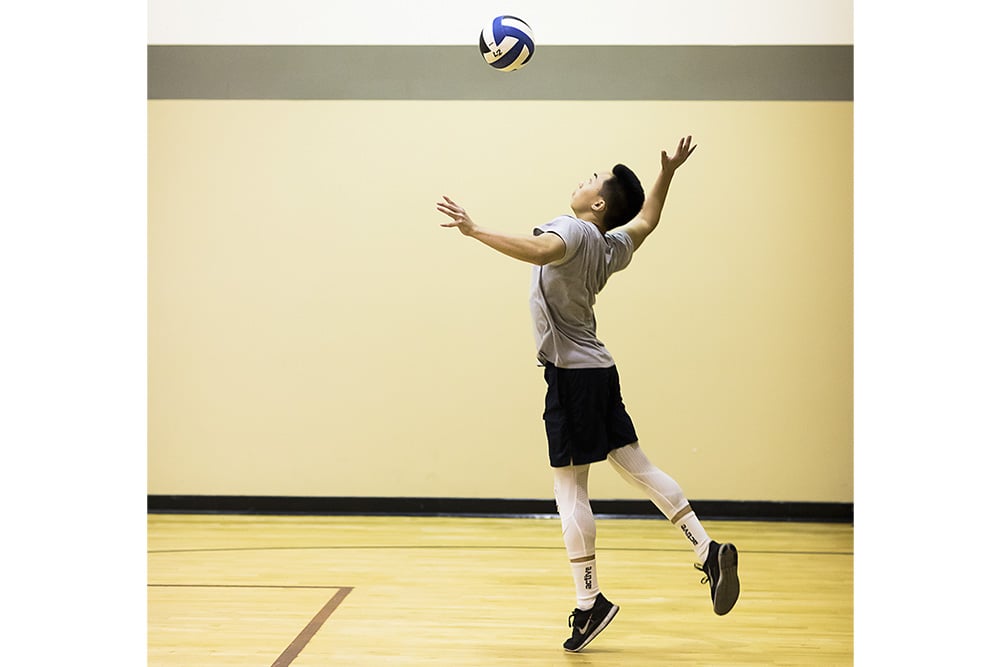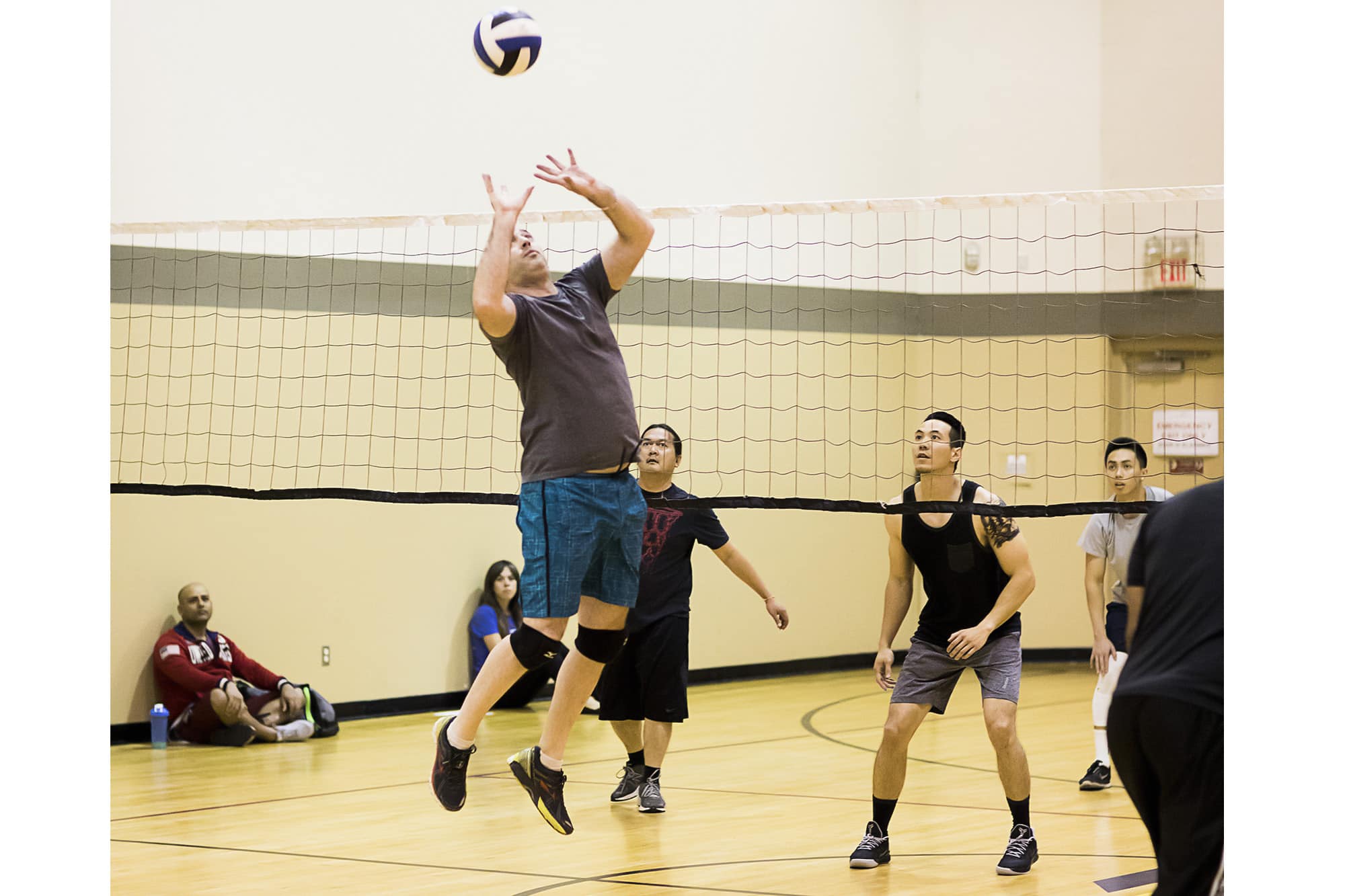On this episode of the Living Healthy Podcast, we speak with running expert, Greg McMillan, to learn what it takes to start running and enjoy the journey.

Testosterone & Diet: How Do They Relate? | Q+A
Question:
I just turned 65, no health issues at all. I read and hear a lot about ways to produce testosterone. What is truly the best way for a man my age to eat or drink the right stuff to produce testosterone so I can once again regain my physique?
– Butch
Answer:
You’re on the right track when you suggest that diet can affect declining testosterone levels as men age, but other factors have more effect. These factors include weight, activity, sleep, stress, and medications. If your doctor finds you to have low testosterone levels, he/she may prescribe drugs or prohormones (like DHEA).
For diet, the components to focus on are:
Limit added sugar from your diet. (High insulin levels are linked to low testosterone.) Eliminate obvious sources (desserts, syrup, sodas) and replace refined sugars with whole fruit for sweetening, such as raisins on oatmeal instead of brown sugar.
Eat healthy fats. Include olives and olive oil, avocados, nuts, seeds, coconut and coconut oil, palm oil, salmon and grass-fed beef in your diet.
Supplement with Vitamin D if you are deficient.* Good food sources include tuna, salmon, Vitamin D-fortified milk, whole eggs, beef liver, and beans.
Supplement with Zinc if you are deficient.* Good food sources include oysters, crab, lobster, lean beef, beans, and yogurt or kefir made from raw milk.
* Your physician can test your Vitamin D (25-hydroxyvitamin D) and zinc levels.
– Debbie J., MS, RD
This article should not replace any exercise program or restrictions, any dietary supplements or restrictions, or any other medical recommendations from your primary care physician. Before starting any exercise program or diet, make sure it is approved by your doctor.
Recommended Reading
Are Egg Substitutes Better Than Real Eggs? | QA
Debbie James, RDN, helps answer a reader’s question about low cholesterol egg substitutes and whether they are better than real eggs.
Daylight Saving 2019: The Impact on Your Circadian Rhythm
The end of Daylight Saving Time is upon us. Find out how you can prepare your body’s internal clock to transition more smoothly with the time change.
Want more? SUBSCRIBE to receive the latest Living Healthy articles right in your inbox!
























